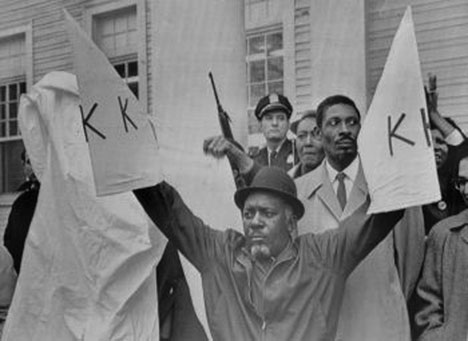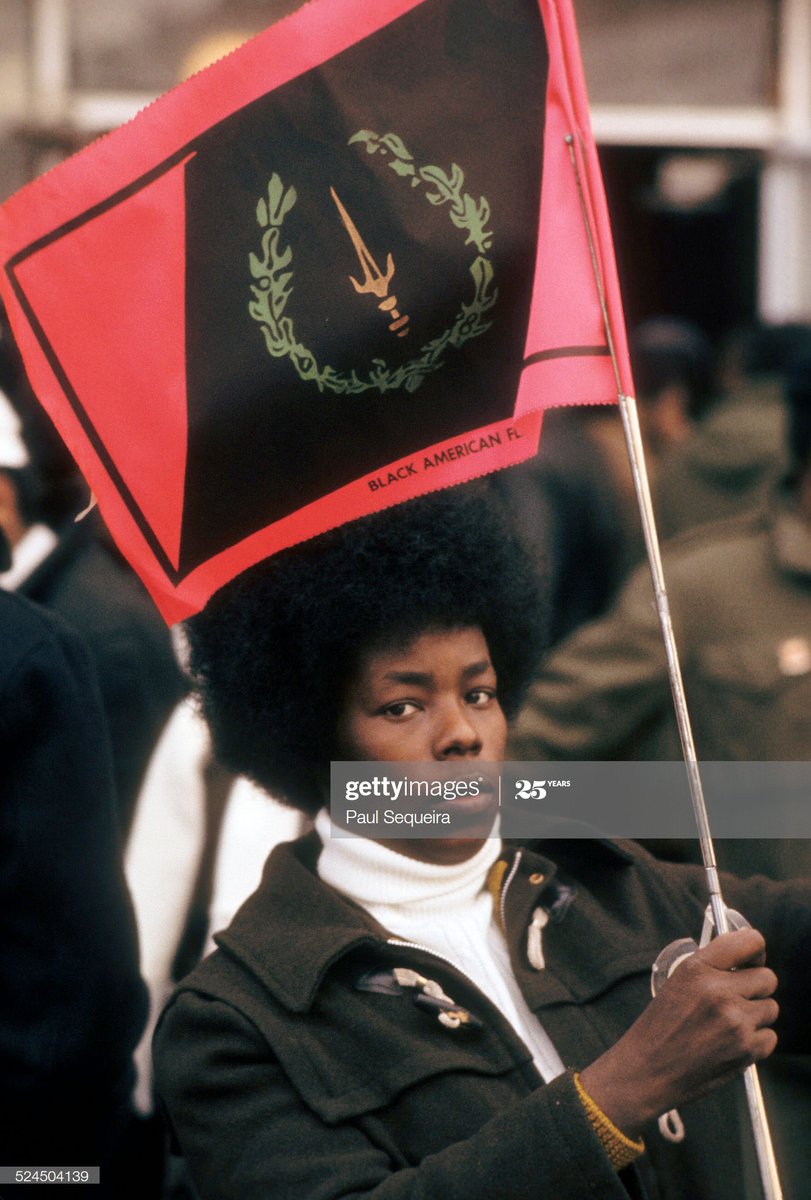Operation and Legacy
The Freedom House Ambulance Service program began in 1967,
[6] and started officially operating in 1968 with two ambulances.
[5][1]
Prior to receiving their own ambulances, the Freedom House paramedics were pressed into service to help people injured during the
King assassination riots in 1968, riding along with police on ambulance duty.
[6] The city contracted Freedom House Ambulance Service to handle emergency transportation in the downtown area and some predominantly black neighborhoods.
[2]
They came to be known for the high standard of care they provided and were frequently requested by callers over the police.[3] Freedom House Ambulance Service responded to almost 5,800 in their first year,[2][1] and transported more than 4,600 patients, primarily in African-American neighborhoods in Pittsburgh.[1] According to data collected by Dr. Safar, the paramedics saved 200 lives in their first year of operations.[2] Where slow service to black neighborhoods by the police had been a point of tension,[2] the Freedom House paramedics had a response time of less than ten minutes in most neighborhoods.[5]
In 1975,
Dr. Nancy Caroline became the medical director of Freedom House upon being recruited by Dr. Safar.
[5] She arranged ongoing training for the paramedics in such unprecedented areas as
intubation, cardiac care, and I.V. drug administration.
[3][5][6] The training Dr. Caroline provided would become the basis for the first paramedic curriculum, written by Caroline and adopted by the federal government in 1975.
[5][2] The data and studies conducted by Caroline shaped EMS practices for
Magen David Adom.
[3]
The Freedom House paramedics' relationships with the communities they served also aided in their effectiveness. According to one documentary maker to who chronicled their history:
Freedom House [paramedics] had compassion for the community..They told me when you walk into a person’s home, you’re a guest. That’s the No. 1 thing they brought to the table: They cared. They addressed everybody by their names. They respected them and asked permission before providing treatment.
[6]
During a deadly surge in heroin use, the paramedics were able to contact local drug dealers and provide information on identifying signs of an overdose. The paramedics also notified them that they would provide medical assistance in case of emergencies without legal repercussions for those who sold or used the drugs.
[3] This effort was followed by a dramatic drop in fatal overdoses in the city.
[3]
The Freedom House Ambulance Service became a model across the U.S. and internationally.
[2] Freedom House was awarded a major grant to develop the first national standards for paramedics.
[5] Miami, Los Angeles, and Jacksonville would all follow the Freedom House model.
[5] Additionally, the ambulance designed by Dr. Safar and proved through use by the Freedom House paramedics were adopted by the
National Highway Traffic Safety Administration as the official standard.
[3]
Despite these successes, the Freedom House paramedics faced racism from hospital staff, patients and discrimination by the city government. The paramedics were sometimes assumed by hospital staff to be orderlies and were asked to mop the floor.
[2] White patients were often surprised by or resentful of black paramedics,
[3] and would sometimes refuse to be touched or helped by them.
[2]
Conflict with the Mayor
Opponent of the Freedom House Ambulance Service,
Peter F. Flaherty became Mayor in 1970.
[5] The mayor opposed public/private partnerships, believing services paid for by the city should be directly overseen by it.
[5] Phil Hallen of the Falk Fund stated that he believed racism was also a factor in Flaherty's opposition to the service.
[2] Op-eds printed at the time accused the mayor of trying to eliminate the ambulance service to pander to the police union.
[5] Dr. Safar echoed this view, stating “racial prejudices with white police officers eager to maintain control of ambulances city-wide” were the cause of efforts to end Freedom House's ambulance services in the city.
[5]
Freedom House Ambulance Service's request to expand their contract with the city to cover additional parts of the city was denied by the mayor, despite their strong record.
[6][5] This denied them the chance to serve more affluent neighborhoods in which they would likely have been more able to collect the fees they charged for ambulance service.
[5] During Flaherty's time as Mayor, the city began providing payment for the ambulance contract late,
[5] and cut its portion of the ambulance service's operating budget by 50%.
[2] [5]
The Mayor also signed an ordinance barring the use of ambulance sirens in the downtown area, with noise complaints given as the reason.
[5][2][3] This slowed the paramedics when transporting patients to hospitals as well as their response time, allowing the police to reach more calls before them.
[5]
In 1974, the Mayor announced plans for a citywide ambulance system to be staffed by police officers trained as paramedics.
[5] Faced with resistance from city council member Eugene DePasquale, the mayor agreed to fund the Freedom House Ambulance Service contract for one more year.
[5] At the end of the year, the Mayor then announced the creation of a citywide ambulance service to be staffed by non-police paramedics and the end of the contract with Freedom House.
[2][5]
Closure of Freedom House Ambulance Service
The Freedom House Ambulance Service closed on Oct. 15, 1975.
[5]
All of the paramedics initially hired to staff the new city ambulance service which succeeded it were white.
[5][2] Then the previous medical director of the Freedom House Ambulance Service,
Nancy Caroline, accepted a position as medical director of the new city ambulance service on the conditions that the Freedom House paramedics and dispatchers also be hired and that Freedom House ambulance crews be kept together.
[5]
While the Freedom House paramedics were hired, their crews were broken up, in violation of the agreement.
[5] Those with criminal records were fired.
[6] Pass/fail exams were instituted, covering materials the Freedom House paramedics had not been taught, resulting in the dismissal of many.
[5][6] Most of those remaining were reassigned to non-medical or non-essential work.
[2] Many were placed in positions overseen by white employees with less experience.
[6] Of the 26 Freedom House employees who joined the city ambulance service, only half remained a year later.
[5] Ultimately, only five remained with the city ambulance service, and only one was promoted into a leadership position.
[6] In the late 90s, 98% of Pittsburgh’s paramedic program were white.
[2]
 Battling within the music has always been in the DNA
Battling within the music has always been in the DNA





 Battling within the music has always been in the DNA
Battling within the music has always been in the DNA
























